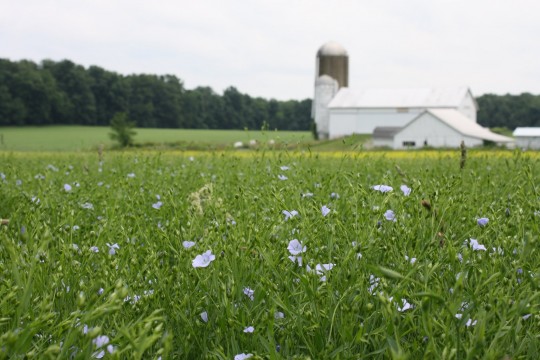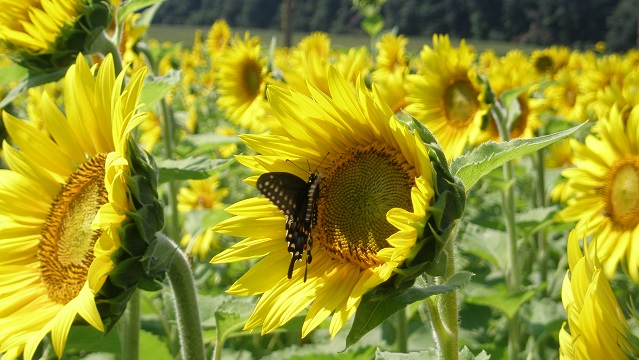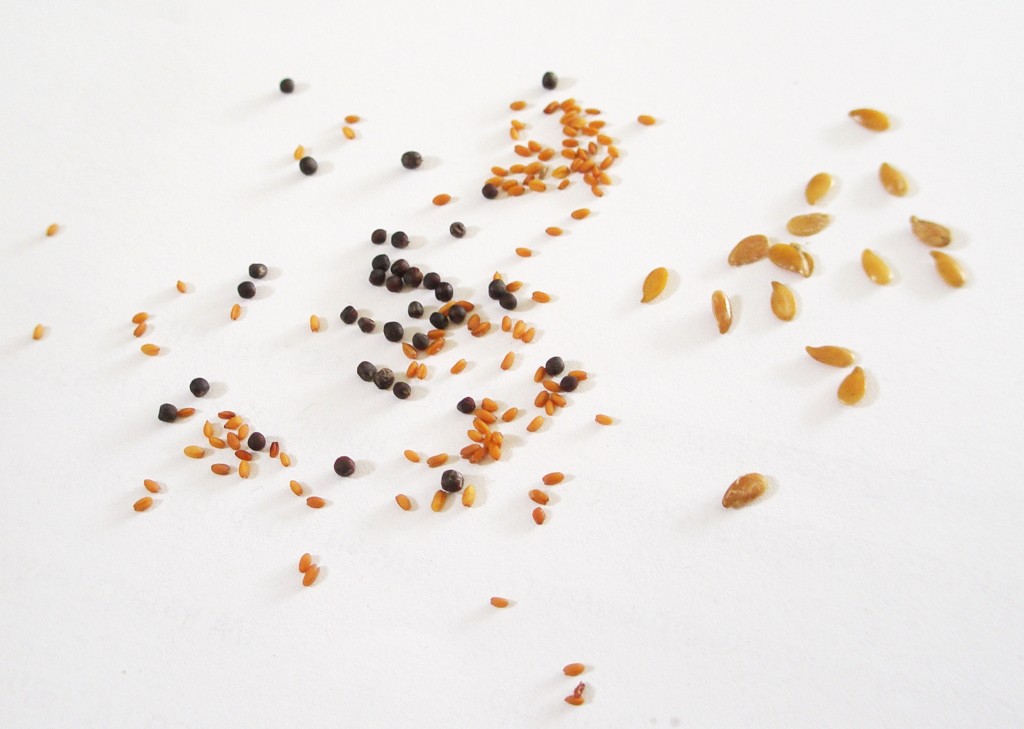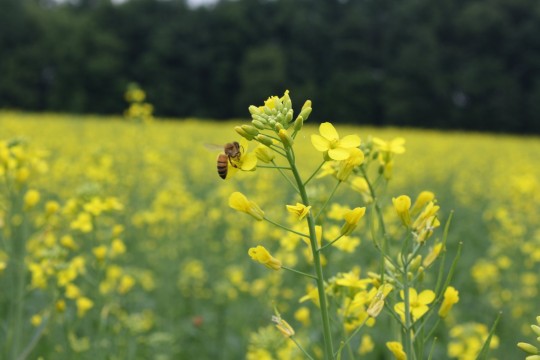Oilseed crops could help Midwestern farmers reduce costs for fuel, fertilizer and animal feed -- at least, that’s the idea that researchers at The Ohio State University are exploring.
Grown for their seeds, which are rich in vegetable oil, common species of oilseeds differ in look and cultural origin, from dark leafy plants like canola (closely related to turnips), to short spindly ones like flax (also grown for the linen fibers along its stalk), to long-forgotten crops like camelina (once considered a weed), to familiar ornamentals like sunflowers.

The oil is released when the seeds are passed through a mechanical press. The farmer is left with two end-products: raw oil, which can be processed into edible oil or biofuel or products like linoleum, and the pulverized seed remains (the “meal”), which are full of protein and are usually fed to livestock.
Oilseed crops, especially canola, flax, camelina, and sunflower, are drawing commercial and academic attention because of several converging trends. The first is interest in renewable fuel, especially biofuel derived from vegetable oil. Several organizations, including Organic Valley, are even helping farmers produce their own tractor fuel by growing oilseeds.
Then there is the hype around omega-3 fatty acids, which modern Western diets often lack, and which are essential for immune response and brain health. Flax and camelina oils both contain enough omega-3 fatty acids that rival highly touted fish oils.


